How to Prevent Tick Bites
Ticks are among the most dangerous blood-sucking insects that can carry and transmit several serious diseases to humans. And although not all of them are carriers, you can protect yourself from infection only by avoiding their bites.
5-Minute Crafts would like to tell you about what you should keep in mind to prevent tick bites.
❗ This article is for informational purposes only and doesn’t replace professional advice. If you’ve been bitten by a tick, be sure to seek a doctor’s assistance. They will examine the bite and prescribe treatment if necessary.
How ticks find their host
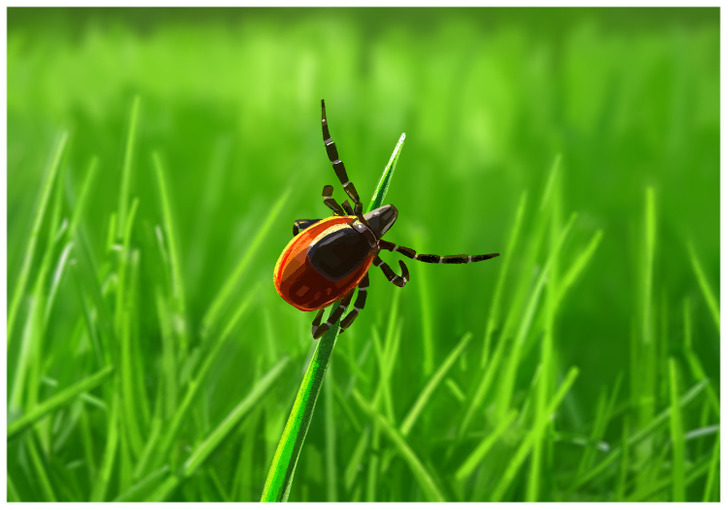
Ticks sense the warmth and smell of the human body, as well as its vibrations. Some species can even recognize general outlines and silhouettes. They choose a place to hunt, then they wait for a human or animal, resting on the tips of blades of grass and shrubs.
Ticks can’t fly or jump, but they keep a special position that allows them to move from their temporary shelter to a new host in a matter of seconds. While questing, ticks hold onto a leaf or blade of grass by their third and fourth pair of legs, and their first pair is outstretched. When a person touches the insect’s hiding place, the tick quickly climbs aboard and attaches immediately or after some time.
How to prevent tick bites
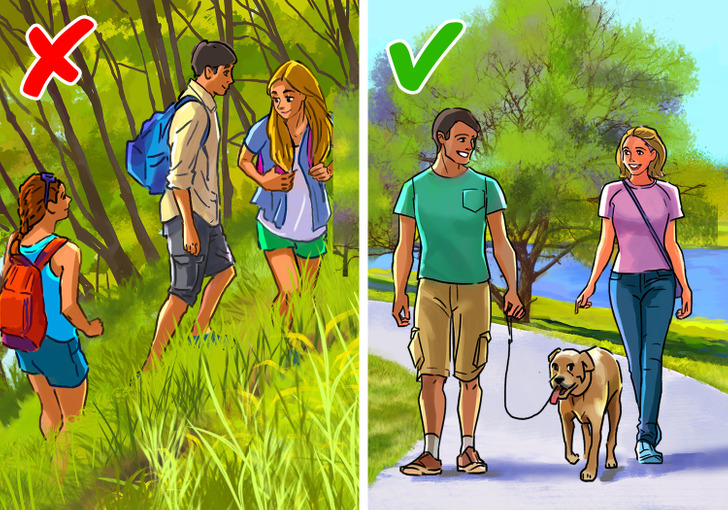
✅ Avoid places where you’re likely to come across a tick.
Since these insects can’t jump or fly, they get to the body of a human or animal from the ground. They like wooded areas with tall grass, shrubs, and fallen leaves, which all give them the opportunity to easily cling to human clothing or animal fur.
If you don’t want to be bitten by these insects, reduce your visits to wooded areas and places with tall grass. When walking in the woods, stick to the trails and try not to sit on the ground or walk on fallen leaves. And if you are going to have a picnic, choose a place with low grass that’s well lit by the sun.

✅ In potentially dangerous places, wear clothes that cover all of your body.
In wooded areas or places where there is a high chance of encountering a tick, wear light-colored clothes that cover all of your body. Choose long-sleeved shirts, tuck long pants into high socks, and wear boots or hiking shoes. Cover your head with a hat, cap, or scarf.
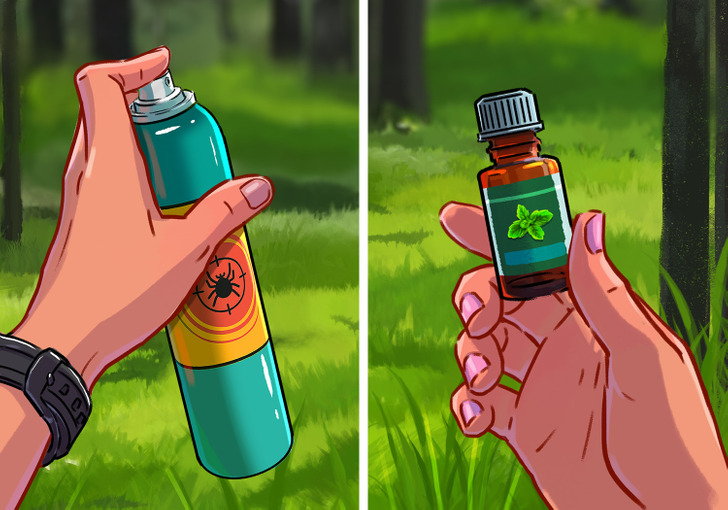
✅ Treat your clothes with insect repellents.
Before going to hike in the woods, use products that repel or kill ticks. Repellents containing DEET repel ticks, and products with permethrin kill them.
Essential oils of rosemary, lemongrass, cedar, peppermint, and thyme can also repel some species of ticks. The advantage of these natural oils is that you can apply them directly to the skin without being afraid of negative side effects.
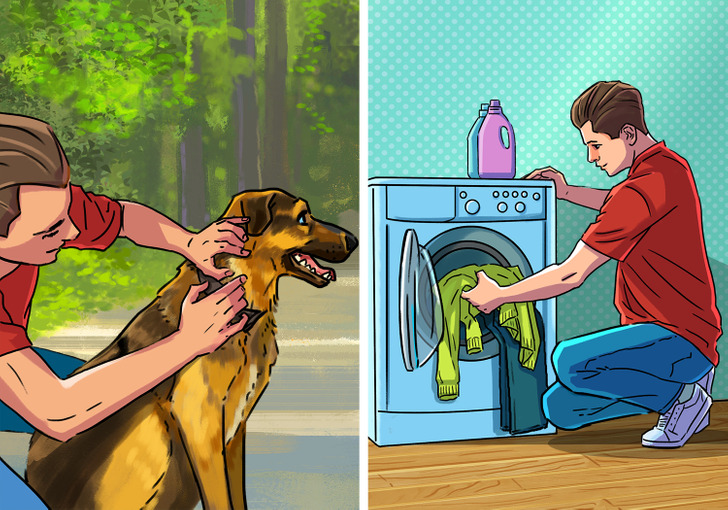
✅ Examine your clothes when returning indoors.
Ticks can get into the house on clothes or animal hair, so it’s important to examine yourself and your pets for ticks when coming back from hiking. This will help you detect a tick before it attaches.
Additionally, you can use a dryer on high heat to treat your clothes, or simply wash them in a washer in hot water.
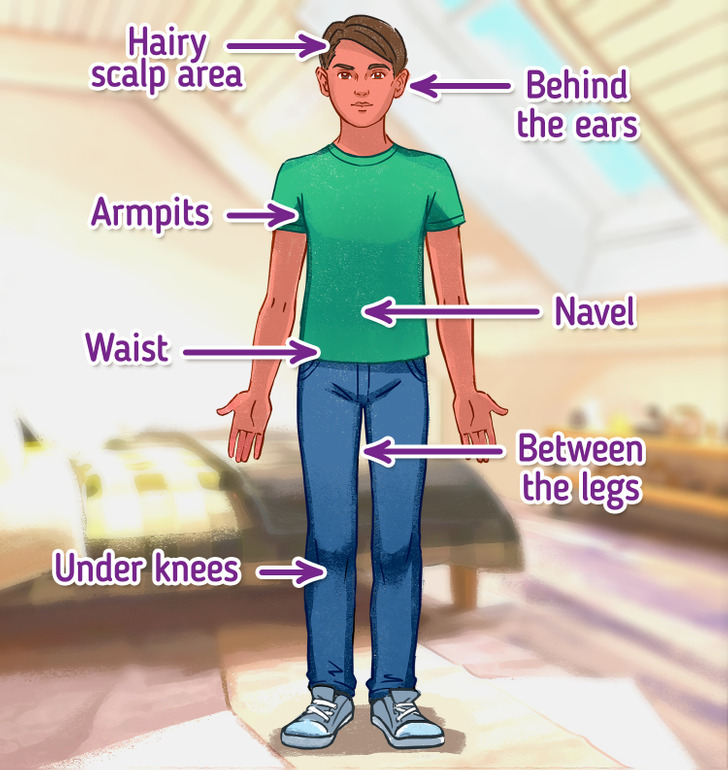
✅ Check your body for unattached ticks.
Upon returning home, carefully check your body, or ask someone to do this for you. Use a mirror when doing this yourself.
Pay special attention to the underarms, backs of your knees, between the legs, and behind and around the ears. Examine the navel, waist, and scalp as well.

✅ Take a shower after being outdoors.
The shower will wash away unattached ticks that you may not have noticed. Showering within 2 hours after returning from the outdoors has proven to significantly reduce the risk of getting Lyme disease, and it can be effective in reducing the risk of other tick-borne diseases.